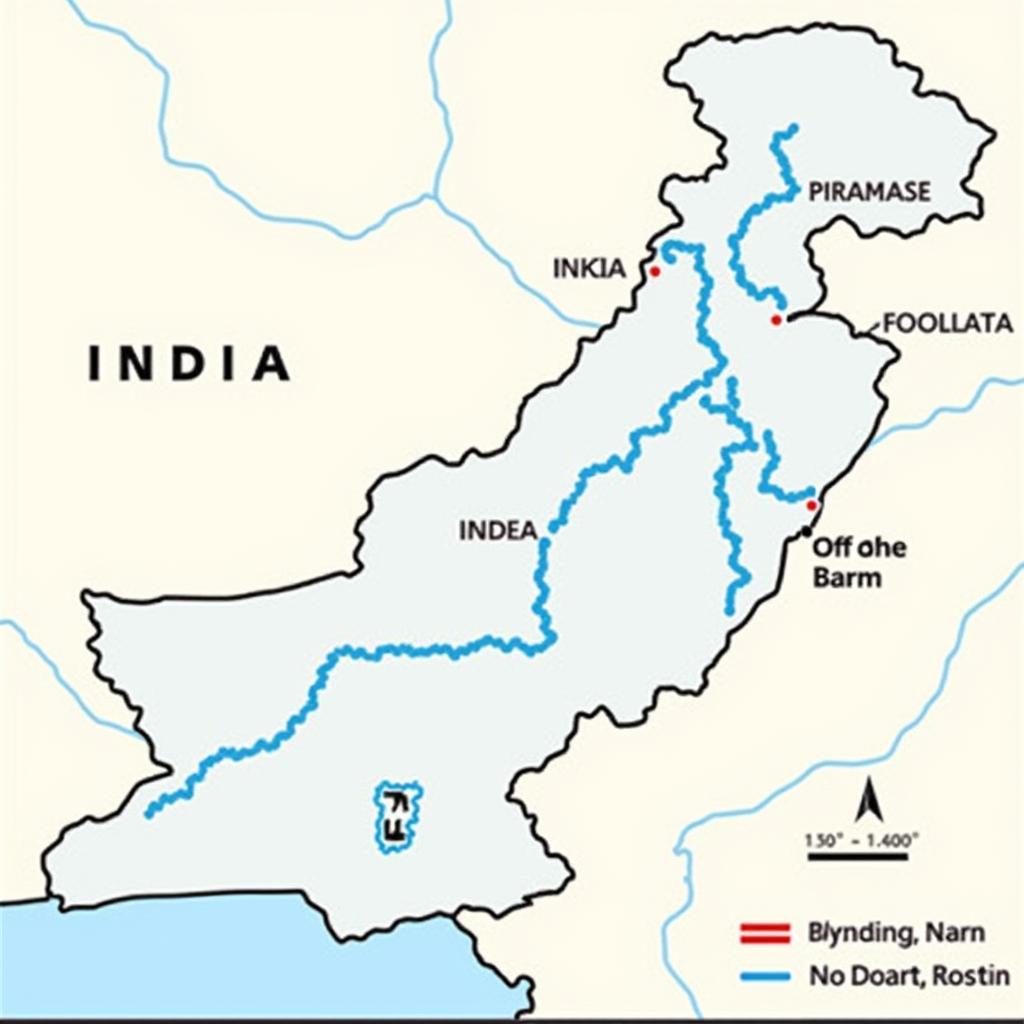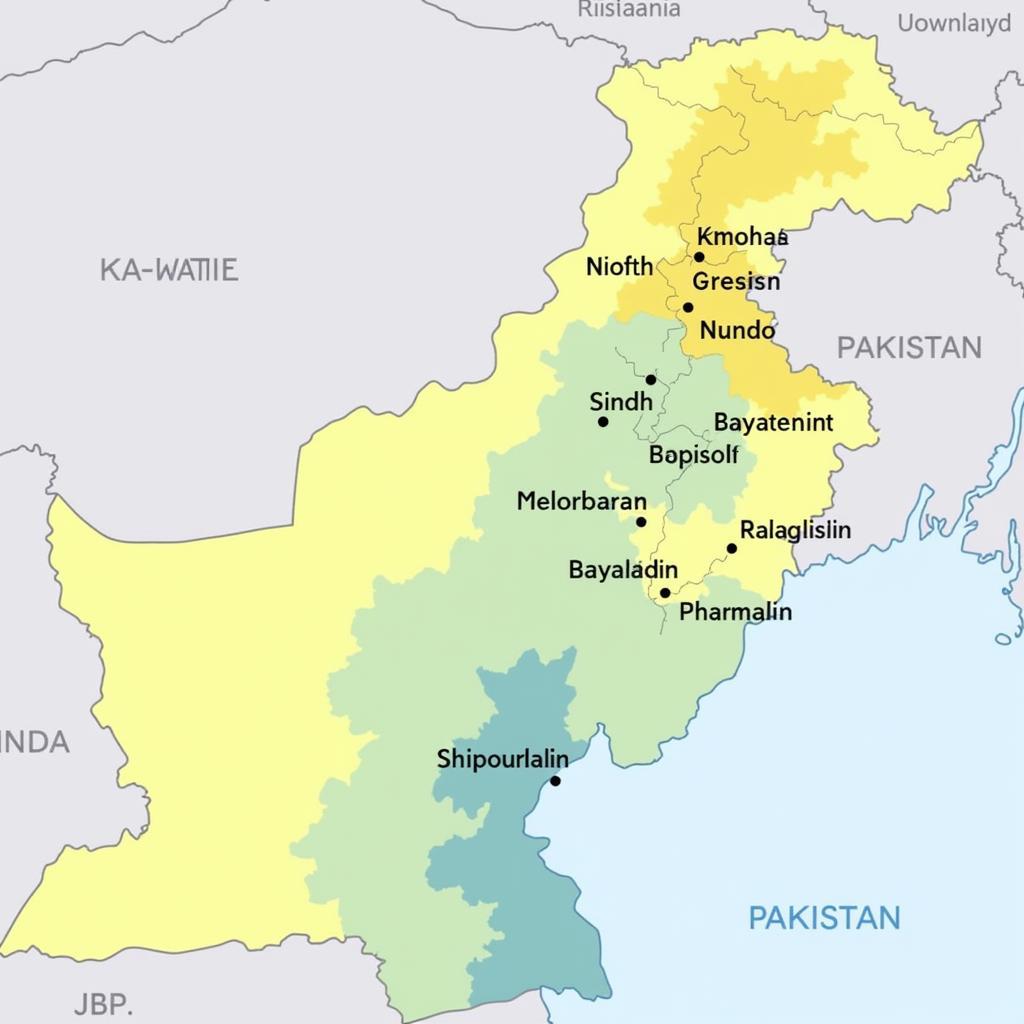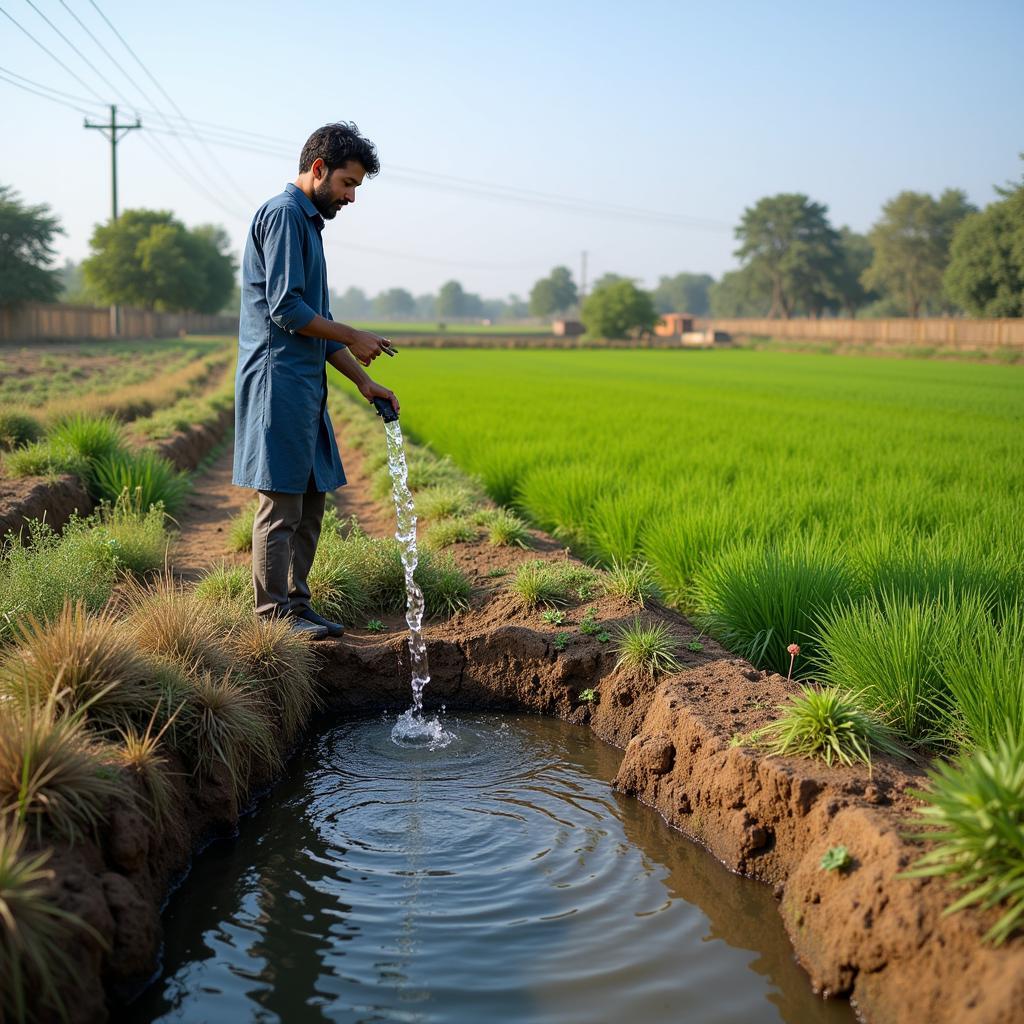Pakistan, a land of majestic mountains and fertile plains, is intricately linked to its rivers. This dependence on water resources, however, places Pakistan at the heart of complex hydropolitical dynamics. The term “hydropolitics” describes the interplay between water resources and political power, encompassing issues of water sharing, dam construction, and environmental sustainability. Understanding hydropolitics is crucial to comprehending Pakistan’s past, present, and future.
The Indus Waters Treaty: A Foundation and a Flashpoint
The cornerstone of Pakistan’s hydropolitics lies in the Indus Waters Treaty (IWT) of 1960. Brokered by the World Bank, this agreement divided the waters of the Indus River and its tributaries between Pakistan and India. Pakistan, being the downstream riparian, was granted rights to the Indus, Jhelum, and Chenab rivers, while India received control over the Sutlej, Beas, and Ravi.
While hailed as a landmark achievement in international water cooperation, the IWT has become a source of tension in recent years. Disputes over dam construction on the western tributaries allocated to India, particularly the Kishanganga and Baglihar projects, have strained relations.
 Indus Waters Treaty Map
Indus Waters Treaty Map
Internal Water Management: A Balancing Act
Beyond the transboundary issues with India, Pakistan faces significant challenges in managing its internal water resources. The country’s rapidly growing population and agricultural demands have placed immense pressure on its already stressed water supply.
The distribution of water resources within Pakistan is highly uneven, with the provinces of Sindh and Balochistan facing chronic water shortages. This disparity has fueled inter-provincial disputes, further complicating water management efforts.
 Pakistan Water Scarcity Regions
Pakistan Water Scarcity Regions
Climate Change: Amplifying Existing Challenges
The specter of climate change looms large over Pakistan’s hydropolitical landscape. Melting glaciers in the Himalayas, altered rainfall patterns, and increased frequency of extreme weather events such as floods and droughts are exacerbating existing water stresses.
Adapting to climate change and its implications for water resources is crucial for Pakistan’s long-term stability and prosperity.
Navigating the Future: Cooperation and Sustainability
Pakistan’s hydropolitical challenges are complex and multifaceted. Addressing these issues requires a multi-pronged approach focused on cooperation, sustainability, and equitable water governance.
Strengthening the implementation of the IWT, fostering dialogue with India, and exploring innovative water management techniques are essential steps. Furthermore, investing in water conservation measures, promoting water-efficient agriculture, and raising public awareness about water scarcity are crucial for long-term water security.
“Effective water management is not just about building dams and canals,” says Dr. Ayesha Khan, a leading water resources expert in Pakistan, “it’s about ensuring equitable access to water, promoting sustainable use, and fostering cooperation among all stakeholders.”
 Pakistan Water Conservation Project
Pakistan Water Conservation Project
Pakistan’s hydropolitical landscape will continue to be shaped by a confluence of factors, including regional dynamics, internal demands, and global climate change. Navigating these challenges effectively is essential for Pakistan’s sustainable development and for securing a water-secure future for its people.